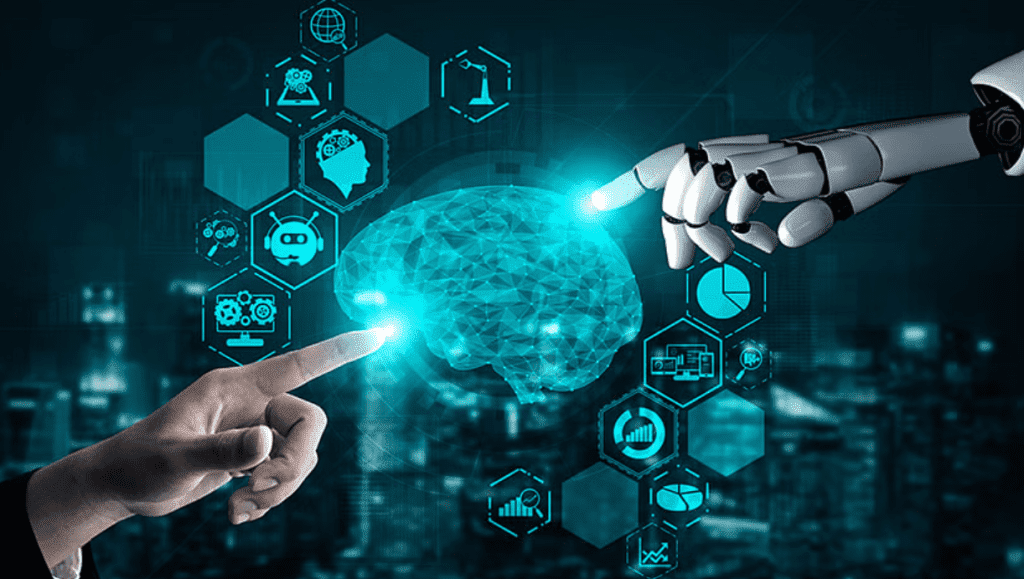What are the different applications of deep learning?

Deep learning, a subdomain of artificial intelligence, has rapidly evolved over the past few years, transforming how we approach complex problems in various domains. Its ability to mimic human-like decision-making processes through artificial neural networks has opened up a world of possibilities, from image and speech recognition to autonomous vehicles and medical diagnostics. In this blog, we’ll delve into the diverse applications of deep learning, exploring how it’s revolutionizing industries and impacting our daily lives.
Deep learning is at the forefront of technological innovation. Understanding this field is crucial for developing cutting-edge applications such as self-driving cars, natural language processing, and recommendation systems. Deep learning expertise is in high demand, with numerous job opportunities in data science, computer vision, and natural language processing. Completing a deep learning course can open doors to well-paying and rewarding careers.
Before understanding the different applications of deep learning, let’s briefly understand deep learning. Let’s get started.
What is Deep learning?
It is a subfield of AI that typically focuses on training artificial neural networks to perform tasks by simulating how the human brain processes information. At its core, deep learning leverages deep neural networks with multiple layers (hence the term “deep”) to automatically learn and extract intricate patterns and representations from vast datasets. These networks consist of interconnected nodes, or neurons, which process and transform data through a series of mathematical operations.
What distinguishes deep learning is its ability to autonomously uncover complex features from raw data, making it exceptionally effective in tasks including, Natural Language Processing (NLP), image and speech recognition, and predictive analytics. Deep learning models, like recurrent neural networks (RNNs) and convolutional neural networks (CNNs), have led to breakthroughs in various fields, including healthcare, autonomous vehicles, and recommendation systems. Deep learning’s remarkable capacity to adapt and generalize from data has positioned it as a critical technology in the ongoing advancement of AI applications and automation.
Top Applications of Deep Learning
Deep Learning Technology has found applications in diverse fields, from healthcare to finance, and has significantly impacted our daily lives. In this exploration of the top applications of deep learning, we’ll delve into how it’s transforming everything from medical diagnostics and autonomous vehicles to natural language understanding and content recommendation systems. These applications represent the forefront of innovation, where deep learning reshapes how we work, live, and interact with technology.
Healthcare
The healthcare sector has been at the forefront of embracing technological advancements, and Deep Learning has seamlessly integrated into its operations. It comes as no surprise that Deep Learning is playing a pivotal role in the interpretation of medical data, reshaping the landscape of disease diagnosis, prognosis, and treatment. Additionally, it aids in precise drug prescription, scrutinizes various medical imaging modalities like MRIs, CT scans, ECGs, and X-rays to identify anomalies swiftly, and personalized treatment plans. Moreover, it is instrumental in monitoring patients’ health and much more.
One standout application of Deep Learning in healthcare is its role in cancer diagnosis and treatment. Medical professionals employ Convolutional Neural Networks (CNNs), a Deep Learning technique, to categorize different types of cancer cells. These CNN models meticulously analyze high-resolution histopathological images, often magnified 20X or 40X, delineating intricate cellular features and identifying carcinogenic elements within the samples.
Financial Fraud Detection
Financial fraud affects virtually every sector, but it poses a particularly daunting challenge for financial institutions like banks and insurance companies. These organizations are relentlessly targeted by criminals seeking to exploit various tactics for illicit gain. To combat this threat, they have turned to Deep Learning for solutions. Deep Learning leverages anomaly detection methods, utilizing algorithms like logistic regression and decision trees to identify irregular transactions, such as credit card fraud. This technology is instrumental in preventing financial fraud types, including identity theft, insurance fraud, investment fraud, and fund misappropriation, ensuring the security and integrity of financial systems.
Autonomous Vehicles
The self-driving vehicle journey began 45 years ago with Tsukuba Mechanical Engineering Laboratory’s semi-automatic car. It wasn’t until 1989 when ALVINN (Autonomous Land Vehicle in a Neural Network) navigated roads using neural networks. Deep learning and autonomous vehicles have since joined forces, enhancing performance. These vehicles use cameras, LiDAR, RADAR, sensors, and geo-mapping to sense their environment. They feed data to deep learning algorithms, which control actions like acceleration, steering, braking, route planning, and recognizing traffic signs. Deep learning is pivotal for realizing self-driving vehicle goals like accident reduction, enabling mobility for the disabled, and easing traffic congestion. While still emerging, deep learning-powered vehicles are on the horizon.
Natural Language Processing
NLP (Natural Language Processing) is an area where Deep Learning shines. NLP aims to make machines understand human language, which is remarkably intricate. Deep Learning-based NLP, using techniques like Autoencoders and Distributed Representation, enables machines to generate appropriate responses to linguistic inputs. Personal assistants like Siri and Alexa exemplify this, sounding remarkably human in their interactions, thanks to Deep Learning-infused NLP. Deep Learning also facilitates automatic translation of websites between different languages.
Facial Recognition
Facial Recognition, a technology for identifying individuals from images and videos, has evolved significantly. Deep Learning has notably improved its accuracy. This technique records face embeddings and employs trained models to match them against extensive image databases. DeepFace, a prime example, employs a nine-layer neural network, achieving a remarkable 97% accuracy rate, thanks to Deep Learning, and has been trained on millions of images from thousands of individuals.
Smart Agriculture
Artificial Intelligence, including its subsets, is reshaping agriculture through smart farming. Farmers now employ IoT devices, satellite-based soil analysis, GPS, and remote sensing to optimize traditional practices. Deep Learning algorithms analyze data from these sources, enhancing crop and soil health, weather prediction, and disease detection. Deep Learning is also harnessed in crop genomics, utilizing neural networks to bolster crop resilience, increase yield, and develop high-quality hybrids.
Conclusion
The diverse applications of deep learning showcased in this blog underscore its transformative potential across various industries, from healthcare and finance to autonomous vehicles and natural language processing. As technology advances, the demand for deep learning expertise remains robust, opening up numerous career opportunities. Today, embarking on a deep learning course is more relevant than ever. The ability to harness the power of artificial neural networks is not only a competitive advantage but also a means to contribute to innovation and shape the future. With deep learning at the forefront of AI, now is the ideal time to explore its vast possibilities and embark on intellectual and professional growth.



Responses